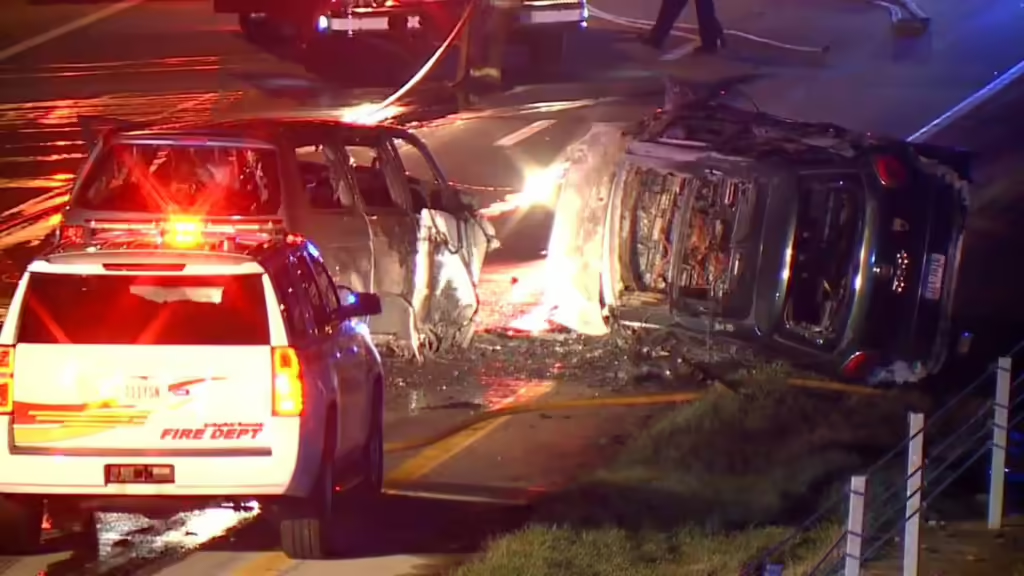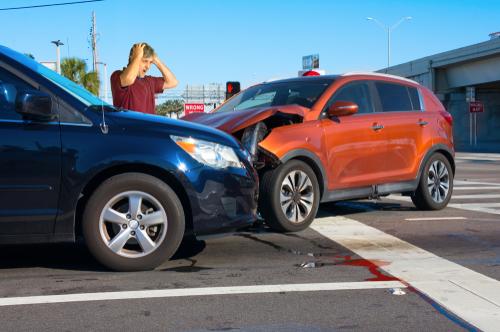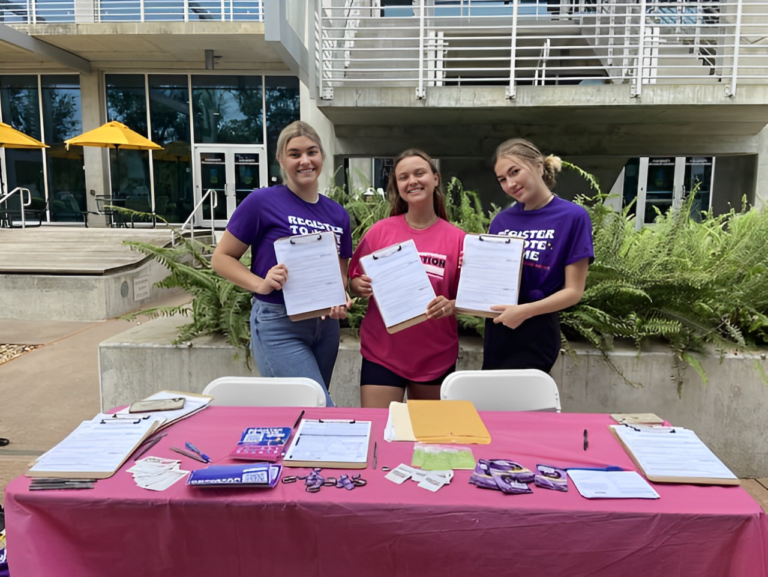Despite numerous warnings and safety measures, wrong-way crashes are becoming more common and dangerous on Ohio’s highways.
Recently, a 16-year-old intoxicated driver caused a wrong-way crash on the Brent Spence Bridge, while an 80-year-old man lost his life in a similar incident on Ronald Reagan Highway. These tragic events are just a couple of examples of the growing trend of wrong-way collisions in the state.
In 2022 alone, Ohio witnessed 105 wrong-way collisions, a significant increase from 78 in 2019. Preliminary data for 2023 suggests that this concerning trend is continuing, with 182 wrong-way crashes reported last year.
While these crashes account for only a fraction of total car accidents, they are 40 times more likely to result in fatalities, making them extremely deadly.
In response to this alarming trend, the Ohio Department of Transportation (ODOT) is taking steps to enhance safety measures on highways. Plans are underway to install new wrong-way detection systems on 31 exit ramps in Columbus later this year.
These systems will feature flashing lights to alert drivers when they are heading in the wrong direction, providing crucial early warnings to prevent accidents.
ODOT’s efforts have already shown promising results, with a 50% decrease in wrong-way crashes reported on an 18-mile stretch of Interstate 71 in Cincinnati after the installation of similar detection systems.

However, the majority of wrong-way crashes occur in just 17 of Ohio’s 88 counties, highlighting the need for targeted interventions in high-risk areas. Measures such as improved signage, reflectors, and striping have been implemented in these counties to reduce the incidence of wrong-way collisions.
Related Articles:
- Democrats Optimistic as Abortion Emerges as Key Issue on Florida’s November Ballot
- Crackdown on Unruly Teens Disrupting Florida Beaches
- 99 Cents Only Stores Faces Closure: End of an Era
While technological solutions like sensors and breathalyzers in vehicles may offer long-term prevention strategies, immediate action is needed to promote responsible driving behaviors.
Moreover, redesigning highway infrastructure to minimize confusion and improve safety is crucial for long-term prevention. Changes such as separating on-ramps and off-ramps and incorporating clearer signage can help drivers navigate more safely, reducing the likelihood of wrong-way incidents.
Ultimately, preventing wrong-way crashes requires a multi-faceted approach, combining technological advancements, infrastructure improvements, and public education efforts. By working together to address this pressing issue, we can make Ohio’s highways safer for all motorists.







+ There are no comments
Add yours